We offer the most extensive selection of organics herbs and spices.
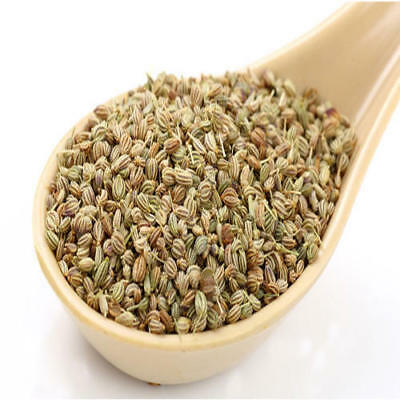
Also known as Bishop's Weed. Ajwain's small, oval-shaped, seed-like fruits are pale brown schizocarps, which resemble the seeds of other plants in the Apiaceae family such as caraway, cumin and fennel.

Aloe Vera is also known as medicinal aloe, while its common names are lily of the desert, burn plant and elephant’s gall. It belongs to the family of succulent plants in the genus ‘Aloe’.
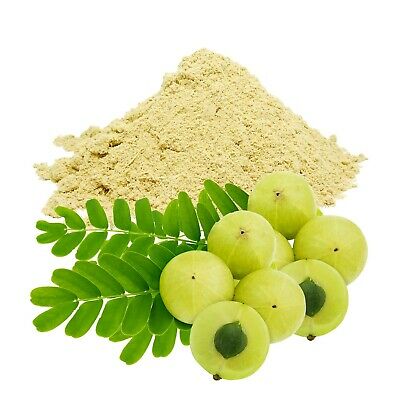
Amla is commonly known as an Indian gooseberry or Nelli. It is known for its high medicinal properties. It is an uncommon balance of sweet, sour, pungent and bitter flavours.
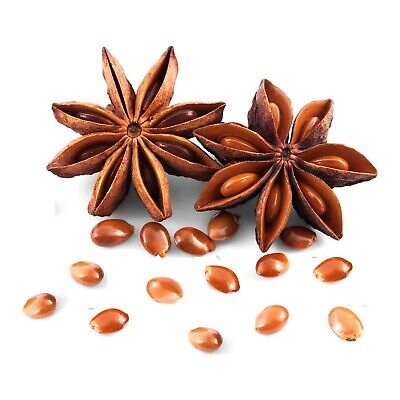
Aniseed, which is used as a spice and as a medicine, has a sweet liquorice like taste. It is of the Apiaceae family, which makes it a relative of other plants like celery, dill, coriander, fennel and cumin. It is used whole or ground, to add a distinctive flavour to foods.
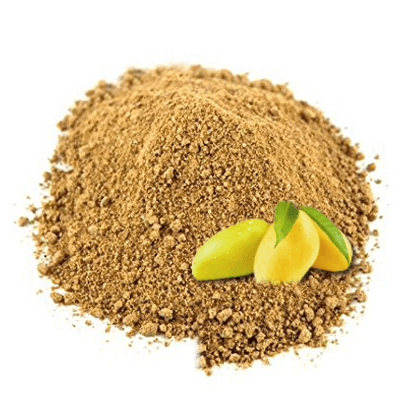
Amchur (amchoor, aamchur) is dried unripe mango flesh, used either as slices or as a powder which is also referred to as mango powder. It is a fruity spice powder made from dried unripe green mangoes and is used as a citrusy seasoning.

Ashwagandha (Withania somnifera), also known as Indian ginseng, is an important ancient plant, the roots of which have been employed in Indian traditional systems of medicine, Ayurveda and Unani.

Black cardamom has a fresh and aromatic aroma which is complex in nature. It can be described as slightly sweet, floral and spice having citric elements. Large black cardamom (badi elaichi) has a strong, unique taste with an intensely aromatic fragrance.

Brassica nigra, the black mustard, is an annual plant cultivated for its black or dark brown seeds, which are commonly used as a spice. A spice is generally made from ground seeds of the plant, with the seed coats removed.
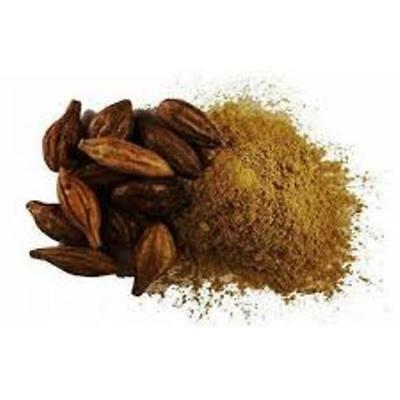
Baheda is known as “Bibhitaki” in Sanskrit which means “The one that keeps away from diseases”. It is one of the main constituents of “Triphala” which is used for management of common cold, pharyngitis and constipation.
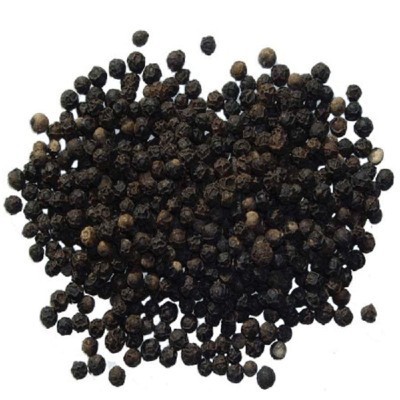
Black pepper is the fruit of the black pepper plant from the Piperaceae family and is used as both, spice and a medicine. The chemical piperine, present in black pepper, causes the spiciness. It is native to Kerala, the southern state of India.
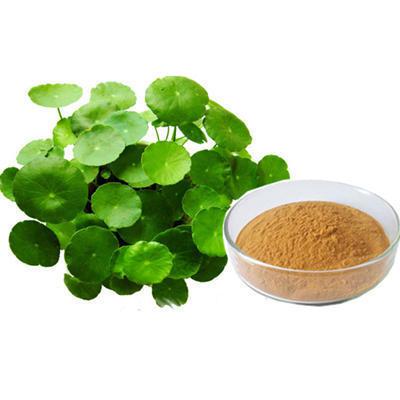
Referred to as the "Herb of Grace", t he Ayurvedic sages revealed Brahmi's role in promoting intellect, longevity, nervous system rejuvenation, strength (especially of the mind) and life energy.
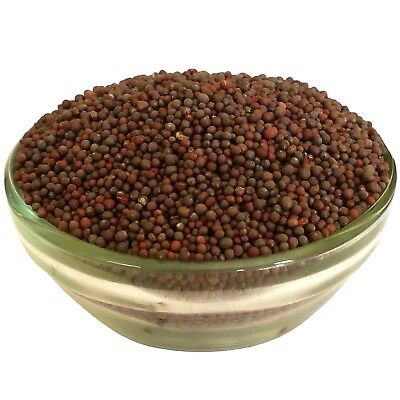
Mustard Seeds have pungent taste and aroma, so they are used in various dishes world over. They have hot and spicy flavor. The severity of pungent aroma varies with different mustards.
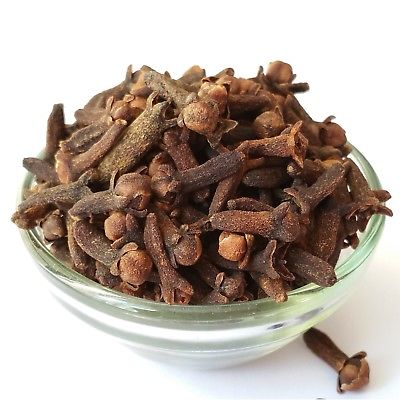
Clove is an aromatic dried flower bud of an evergreen tree. Cloves belong to Myrtaceae family and are native to India and Indonesia. It is used as spice in cuisine all over the world.
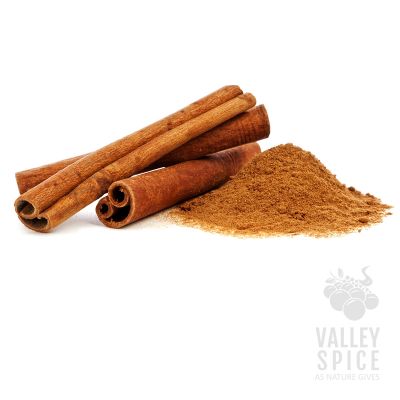
Cinnamon is a spice that is made from the inner bark of trees scientifically known as Cinnamomum. The bark of various cinnamon species is one of the most important and popular spices used worldwide not only for cooking but also in traditional and modern medicines.

Coriander (Coriandrum sativum) is an annual herb in the family Apiaceae. It is also known as Chinese parsley, and the stems and leaves are usually called cilantro in North America. All parts of the plant are edible, but the fresh leaves and the dried seeds (as a spice) are the parts most traditionally used in cooking.
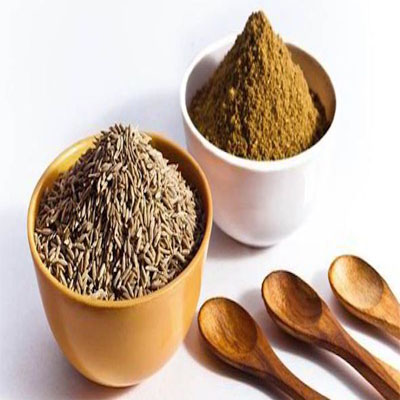
Cumin is a flowering plant in the family Apiaceae, native to a territory including the Middle East and stretching east to India. Its seeds – each one contained within a fruit, which is dried – are used in the cuisines of many cultures in both whole and ground form.
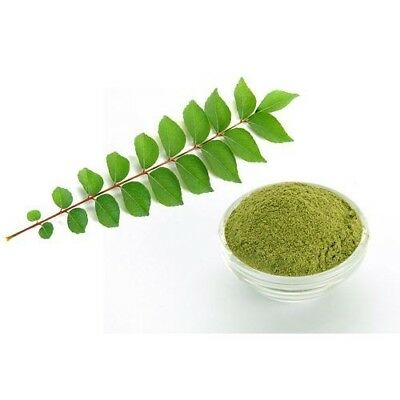
Curry leaves, or kadi patta, are the leaves of the curry tree, scientifically known as Murraya koenigii Spreng. The leaves can be dried or fried, depending on the intended use. The fresh form is also very popular, both for cooking and herbal medicines.
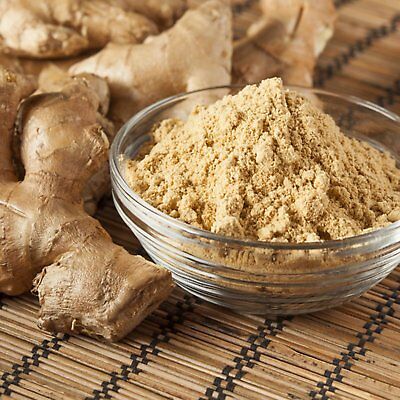
Ginger, also known as Zingiber officinale, is a flowering plant, whose root or rhizome is used as a spice. It can be consumed in many forms, fresh, dried, powdered, and in the form of oil and juice. In many places, it is mostly used in sweets and alcoholic beverages such as ginger beer and wine.

Dried Turmeric is made by peeling, boiling, and drying the rhizomes, which are then used as whole or ground. Turmeric Powder is a bright yellow spice powder made from dried turmeric rhizomes. While its slightly peppery and warm flavour and preservative properties make it a great culinary ingredient.
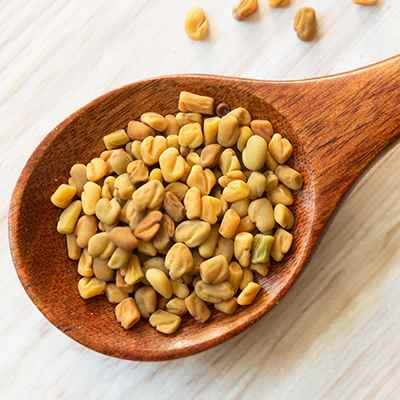
Fenugreek herb has been used for centuries as a cooking spice in Europe and remains a popular ingredient in pickles, curry powders, and spice mixtures in India and other parts of Asia, it is also used to take care of variety of health problems in countries like Greece, Egypt, Italy and South Asia.

Fennel is both an herb and a spice. It is the dried ripe fruit of a perennial aromatic herbaceous plant, which grows in mild climates. It has long been used in India & China for its medicinal value, yet it is believed and proved to be a multipurpose usage spice.
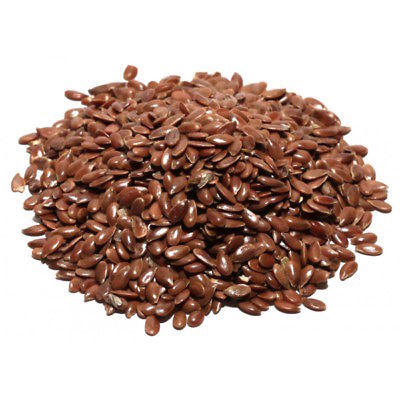
Flaxseeds are tiny, brown or golden-coloured seeds, which are also known as linseed. The health benefits of these seeds have made them a part of the traditional cuisines of Asia, America, and Africa.

Garlic (Allium sativum) is a strong smelling, pungent tasting herb that is noted with many health benefits. Garlic is a close relative of the onion and is native to Central Asia. It has been used as a food-flavouring agent for many years, as well as in traditional and alternative medicines.
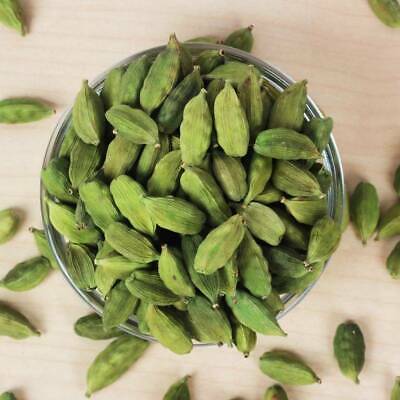
Elettaria cardamomum, commonly known as green or true cardamom, is an herbaceous, perennial plant in the ginger family, native to southern India. It is the most common of the species whose seeds are used as a spice called cardamom.
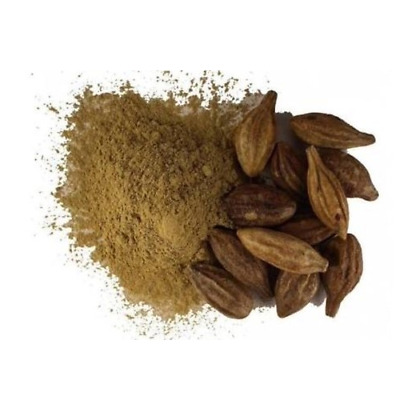
Haritaki (Terminalia chebula Retz) is held in high esteem in Ayurveda for its properties to prevent and cure diseases. It has enjoyed the prime place among medicinal herbs in India since ancient times. It is called the ‘King of Medicines’ and is always listed first in Ayurveda because of its extraordinary therapeutic benefits.

Henna (hina) scientifically known as Lawsonia inermis is actually a flowering plant belonging to the Lythraceae (Loosestrife family). Henna Powder popularly known as Mehndi, has long been used in India and Middle East Countries for colouring palms of hands, feet and fingernails.
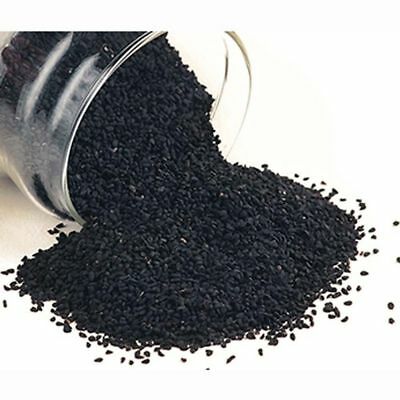
Kalonji also known as Nigella sativa, black caraway, black cumin, kalojeere. These are small nutty flavoured black seeds derived from the fruit of an annual flowering plant called Nigella Sativa. Kalonji seeds are widely used as a spice and often added to traditional Indian flatbreads or naan, curries and stews or with Indian lentils or dal.
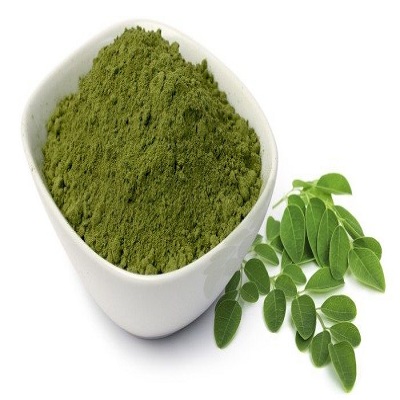
Moringa leaves are the leaves from Drumstick tree or Moringa tree. Every part of the tree – leaves, pod, fruits, sap, seeds, oil, flowers, roots and bark have medicinal properties. Moringa leaves are a rich source of many nutrients like Vitamin A, Vitamin B, Vitamin C, Vitamin D and Vitamin E.

Neem (Azadirachta indica) is the common name of an extremely important tree native to the Indian subcontinent, which now grows in certain parts of the Middle East, as well. They are widely used in making Ayurveda medicines because of their antibacterial and antifungal properties.
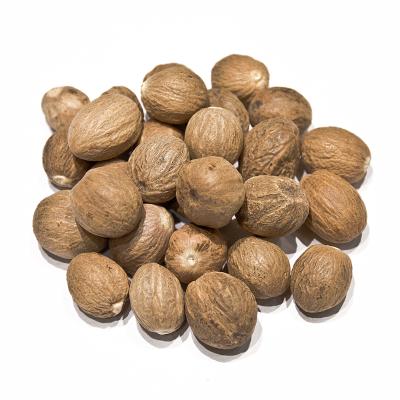
Nutmeg is a spice that comes from the seed of the evergreen nutmeg tree (Myristica fragrans). The nutmeg tree is a host to one more incredibly potent and unique spice, mace, which is the dried reddish seed covering. Nutmeg spice has a pungent fragrance and a slightly sweet taste which is why it is widely used in cuisines around the world.
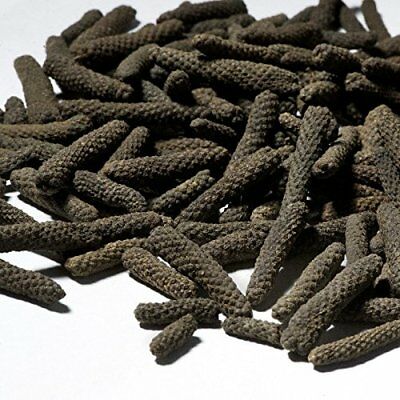
Long pepper (Piper longum), sometimes called Indian long pepper or pipli, is a flowering vine in the family Piperaceae, cultivated for its fruit, which is usually dried and used as a spice and seasoning. The fruit of the plant is used to make medicine.

The onion also known as the bulb onion or common onion, is a vegetable that is the most widely cultivated species of the genus Allium. Onion powder is dehydrated, ground onion that is commonly used as a seasoning. It is a common ingredient in seasoned salt and spice mixes.
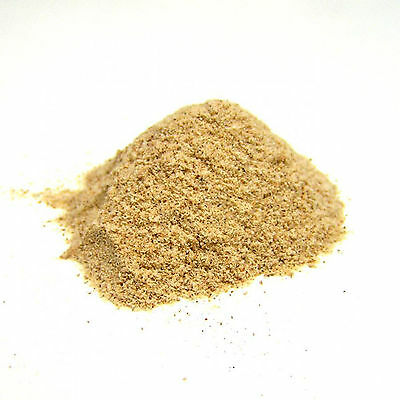
Psyllium or ispaghula (isabgol) is the common name used for several members of the plant genus Plantago. Psyllium is mainly used as a dietary fibre to relieve symptoms of both constipation and mild diarrhea and occasionally as a food thickener.

The Naga King Chili, locally known as the ‘Chudi Chili’ and commonly known as the Naga Mircha or Raja Mircha - meaning “King of Chilies” is indigenous to the Nagas and has been a part of their lifestyle since time immemorial.

Chilli is the dried ripe fruit of the genus Capsicum. Capsicum annuum is an annual subshrub, the flowers of which are borne singly and fruits usually pendent, which provide red peppers, cayenne, paprika and chillies and sweet pepper (bell pepper) a mild form with large inflated fruits.
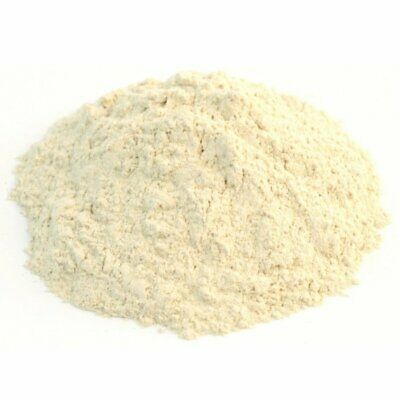
Shatavari (Asparagus racemosus), also called Satavar, is one of the most powerful rejuvenating herbs in Ayurvedic medicine. The plant is found native in India and is in the same family as the common asparagus. Shatavari has small, uniform pine needles and produces white flowers and blackish-purple berries.
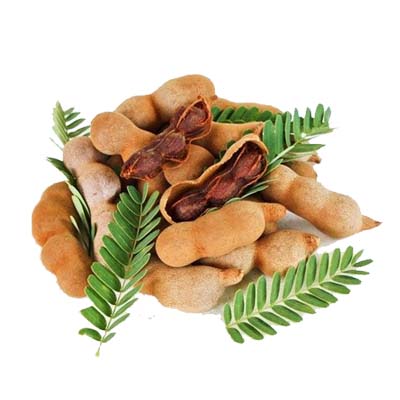
Tamarind is a delicious sweet and sour fruit that has a wide variety of uses, both for medicinal and culinary purposes. It is a medium-sized bushy tree with evergreen leaves and a fruit that develops in pods. Its pods are characterized by long, brown shells. Inside the pods is sticky, fleshy, and juicy pulp, which is the tamarind fruit.
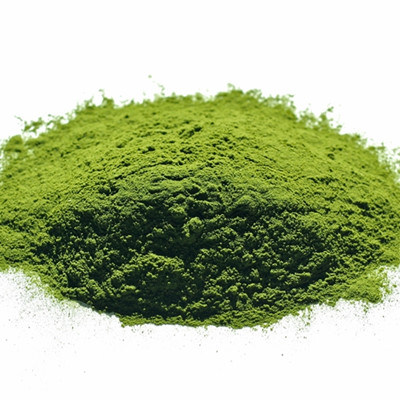
Wheatgrass Powder is the dry form of wheatgrass. Wheatgrass is a tender grass that is grown in the family of wheat plants, with a scientific name of Triticum Aestivum. The raw grass is usually consumed in the form of juice, while wheatgrass powder is often taken in the form of capsules or taken as a powder.

Sesame has one of the highest oil contents of any seed, the seeds contain about 50 percent to 60 percent of a fatty oil. Highly valued in eastern, Mediterranean and African cultures, sesame seeds (Sesamum indicum) have been used for thousands of years to flavour foods, provide essential fats and enhance skin health.
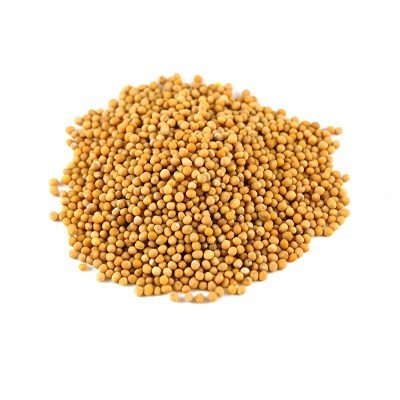
Yellow Mustard seeds also known as Brassica Alba, are small round yellow coloured seeds belonging to the Mustard family. It brings an aromatic, rustic taste and fragrance to your dishes. Yellow mustard seeds are the ones used in American yellow mustard.